Affiliate links on Android Authority may earn us a commission. Learn more.
Samsung Galaxy Note 20 Ultra revisited: The good and bad six months later
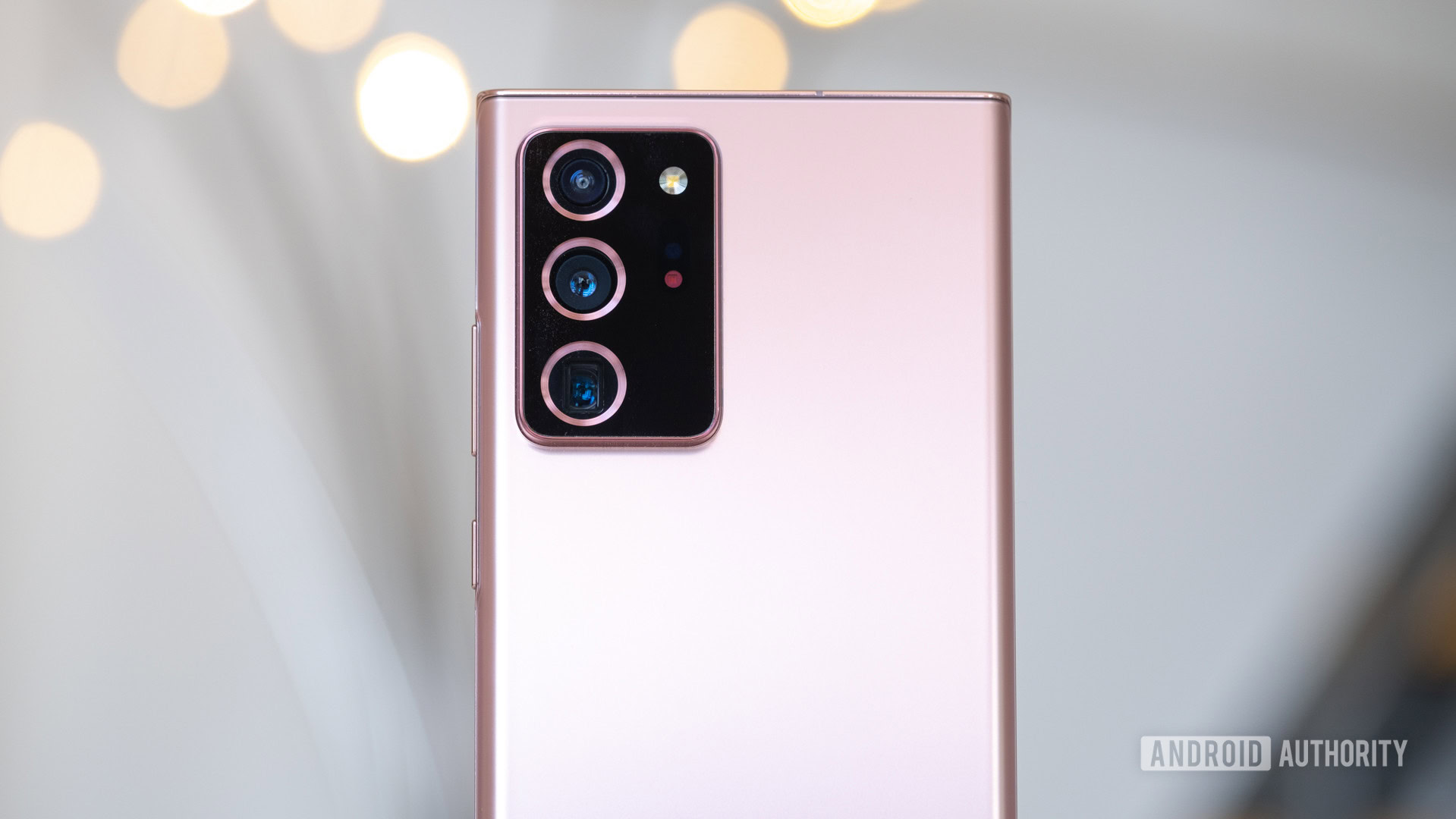
Here at Android Authority, our readers love Galaxy Note phones. In 2020, AA readers voted the Samsung Galaxy Note 20 Ultra as the best overall phone of the year. In fact, the 2019 readers’ choice was the Note 10 Plus, and the 2018 winner was the Note 9. The Note love is strong here.
We gave the phone a ton of praise too back when it launched last August. However, that was six months ago. Since then, a lot has changed within the world of smartphones. Our readers are likely still in love with the Note 20 Ultra, but how do we think it’s held up?
Check it out: Samsung Galaxy Note 20 buyer’s guide: What you need to know
That’s what this Note 20 Ultra review revisit is all about. Now that the dust has settled and the new smartphone energy has worn down, is it still worth buying? Furthermore, how does it compare to the just-launched Samsung Galaxy S21 series?
To find out, I used a Galaxy Note 20 Ultra (the 12/512GB model) for a period of five days. It was running Android 11 with One UI 3.0 and the January 2021 security patch.
The good
In our original Samsung Galaxy Note 20 Ultra review, we praised the phone for being great but lamented that it wasn’t exceptional. The Galaxy Note line has been renowned for being a gold standard for premium smartphones. Last year, though, Samsung seemed to be OK with having the Galaxy Note 20 Ultra meet the bar set by other 2020 phones — but not exceed that bar.
That being said, there are three things about this phone that are truly wonderful, and they still hold up today.
Performance
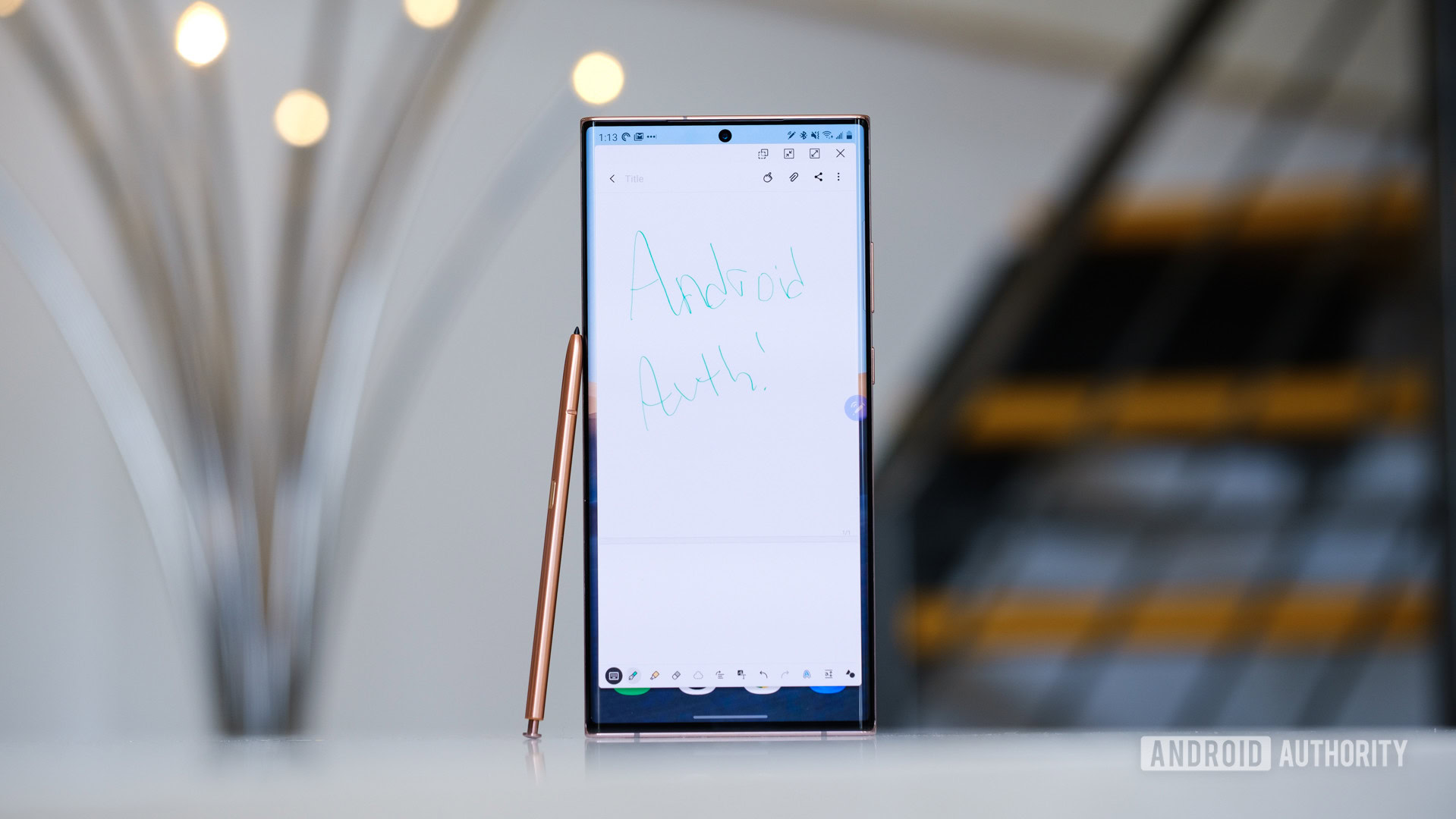
The list of smartphones with the Qualcomm Snapdragon 865 Plus processor is quite short. The Galaxy Note 20 Ultra is on it and would be the best overall phone you can get with the chip. Even six months later, this phone is a processing monster. During my time with the phone, I saw zero problems. Everything worked perfectly and looked great doing it.
Obviously, the Snapdragon 888 is out now and beats the 865 Plus in any benchmark test. However, the only ways you would notice the difference between the two chipsets would be through deliberate stress testing or through processor-heavy gaming emulation. For pretty much everything else — web browsing, media consumption, mobile gaming, videography, etc. — the Galaxy Note 20 Ultra’s SD865 Plus will work just as well for you as that SD888 would.
See also: History of the Qualcomm 800-series: World-class Android processors
Unlike the 2019 Galaxy Note 10 Plus, the Note 20 Ultra comes with 5G connectivity as a standard (at least here in the US). Those of you outside the US could have the option to buy a non-5G version of the Note 20 Ultra. Additionally, non-US folks will also need to buy the Exynos 990 model of the Galaxy Note 20 Ultra. That chipset is weaker than the SD865 Plus by pretty much every metric, which is unfortunate. Even then, though, you could certainly do much worse.
The bottom line here is that if you can get your hands on a Snapdragon-powered Galaxy Note 20 Ultra, you won’t have any complaints when it comes to processing. It was a beast six months ago and is still a beast today.
Display
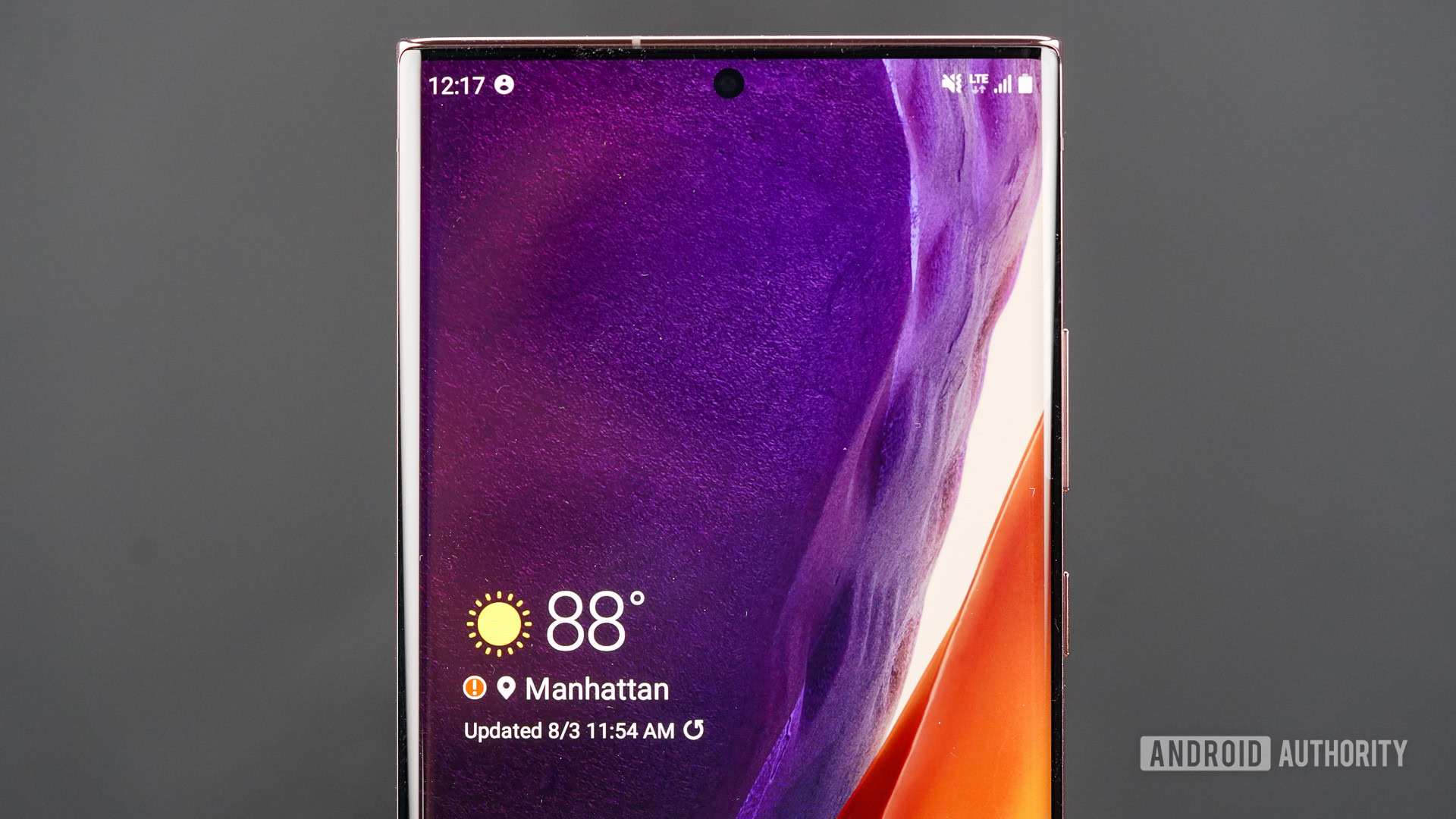
One of the biggest features left out of the Galaxy Note 10 Plus was a high refresh rate display. Thankfully, Samsung made up for that omission by adding a 120Hz display to the Galaxy Note 20 Ultra. When you combine that with an enormous 6.9-inch screen with a 1440p resolution, you have all the necessary ingredients for one of the best smartphone displays ever launched.
Granted, that 120Hz refresh rate isn’t active all the time. Samsung uses an “adaptive” refresh rate. That means the phone’s software will determine what refresh rate is appropriate for your situation and then switch the hertz in response. For example, if you’re reading an ebook on your phone, you don’t need to waste battery life refreshing that page 120 times each second. One UI will drop down the refresh rate for those situations which creates a balance between screen fluidity and power conservation.
Related: What is display refresh rate? Everything you need to know here!
Honestly, in my five days with this phone, I felt that the adaptive refresh rate did a fine job. I’m sure there were times in which I was scrolling around feeling like I was getting a 120Hz refresh rate when I really wasn’t. If it did happen though, I couldn’t have pointed it out to you. My fast-scrolling through Twitter, Reddit, Facebook, Instagram, etc., all looked smooth as silk.
Outside of the refresh rate, this display is top-notch. Colors are vibrant, the screen gets astoundingly bright, and blacks get quite deep thanks to Samsung’s state-of-the-art OLED panels. Any buyer who puts a heavy emphasis on display quality when it comes to their smartphone purchase will walk away very, very happy with the Galaxy Note 20 Ultra.
Camera
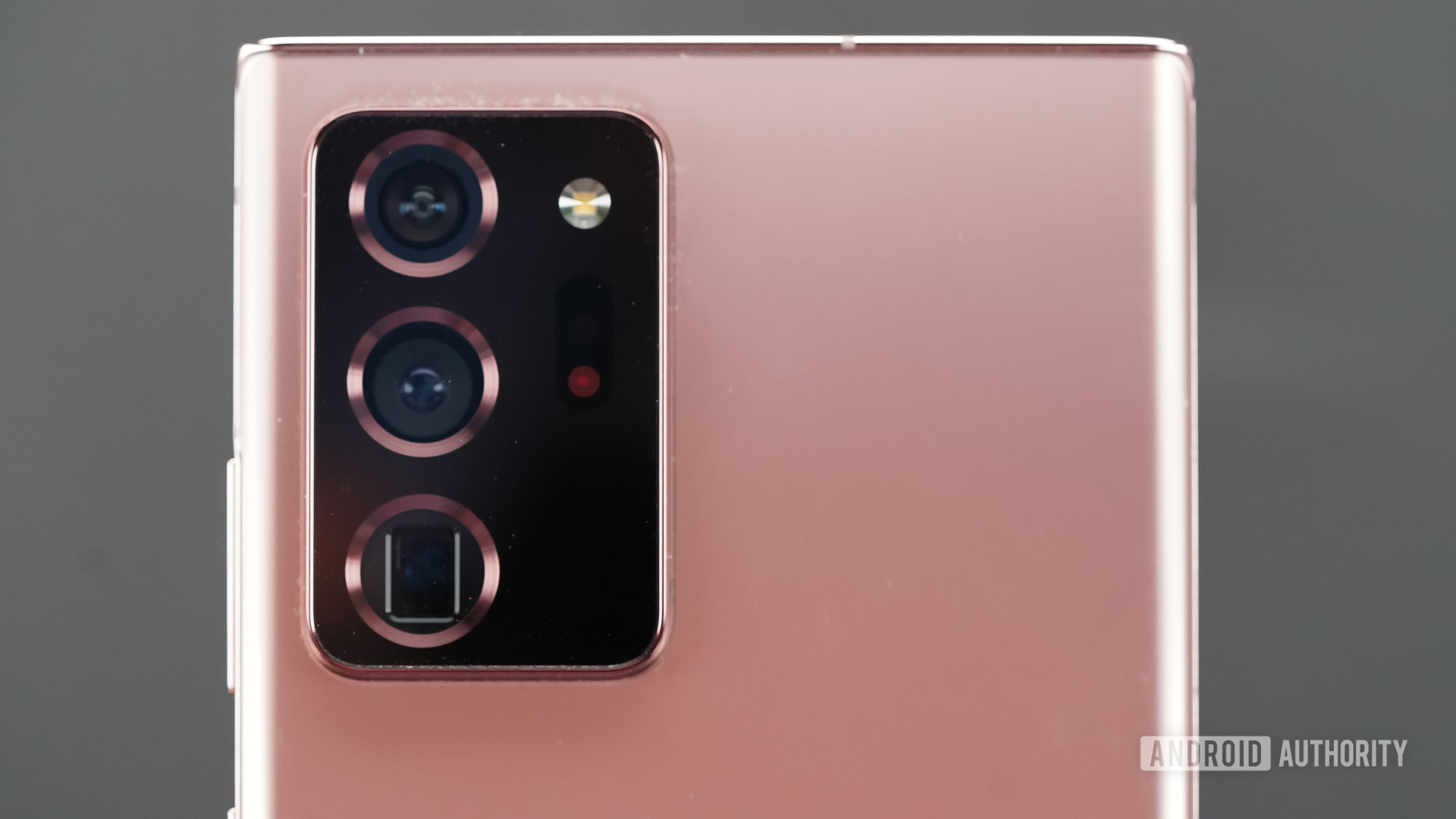
The camera in the Samsung Galaxy S20 Ultra was supposed to be the best. It turned out, unfortunately, that it was really good but with some major flaws (read more in our revisit below). In the middle of 2020, we were worried that the Note 20 Ultra would face the same fate.
See also: Galaxy S20 Ultra revisited: The good and the bad six months later
Thankfully, Samsung listened to the critics and made the Galaxy Note 20 Ultra’s camera better than the S20 Ultra’s. It added a laser autofocus system which fixed the most disappointing problem with the Galaxy S20 Ultra. It also added a periscope zoom system that allowed for 5x zoom with no loss of image quality. Samsung even made the whole module prettier.
You can see our original Samsung Galaxy Note 20 Ultra review for a ton of example images. You can also check out a whole article we wrote on the two 2020 Ultra cameras. Below, though, you’ll find a handful of shots I grabbed during my time with the Note 20 Ultra. Honestly, they look great:
Even over the past six months, there have only been a handful of phones launched that could best the Galaxy Note 20 Ultra when it comes to photos and videos. If photography is your biggest concern with a smartphone, this phone will be a powerhouse today and probably well into the end of 2021.
The not so good
As mentioned earlier, this phone was our readers’ favorite phone of 2020. It wasn’t our favorite phone of the year, but our original Samsung Galaxy Note 20 Ultra review shows that we did really enjoy it. Unfortunately, we mentioned a few problems with the phone in that review, and none of them have aged well. In fact, now that we have the Galaxy S21 series, the problems could be big enough to avoid grabbing this phone in 2021.
Design
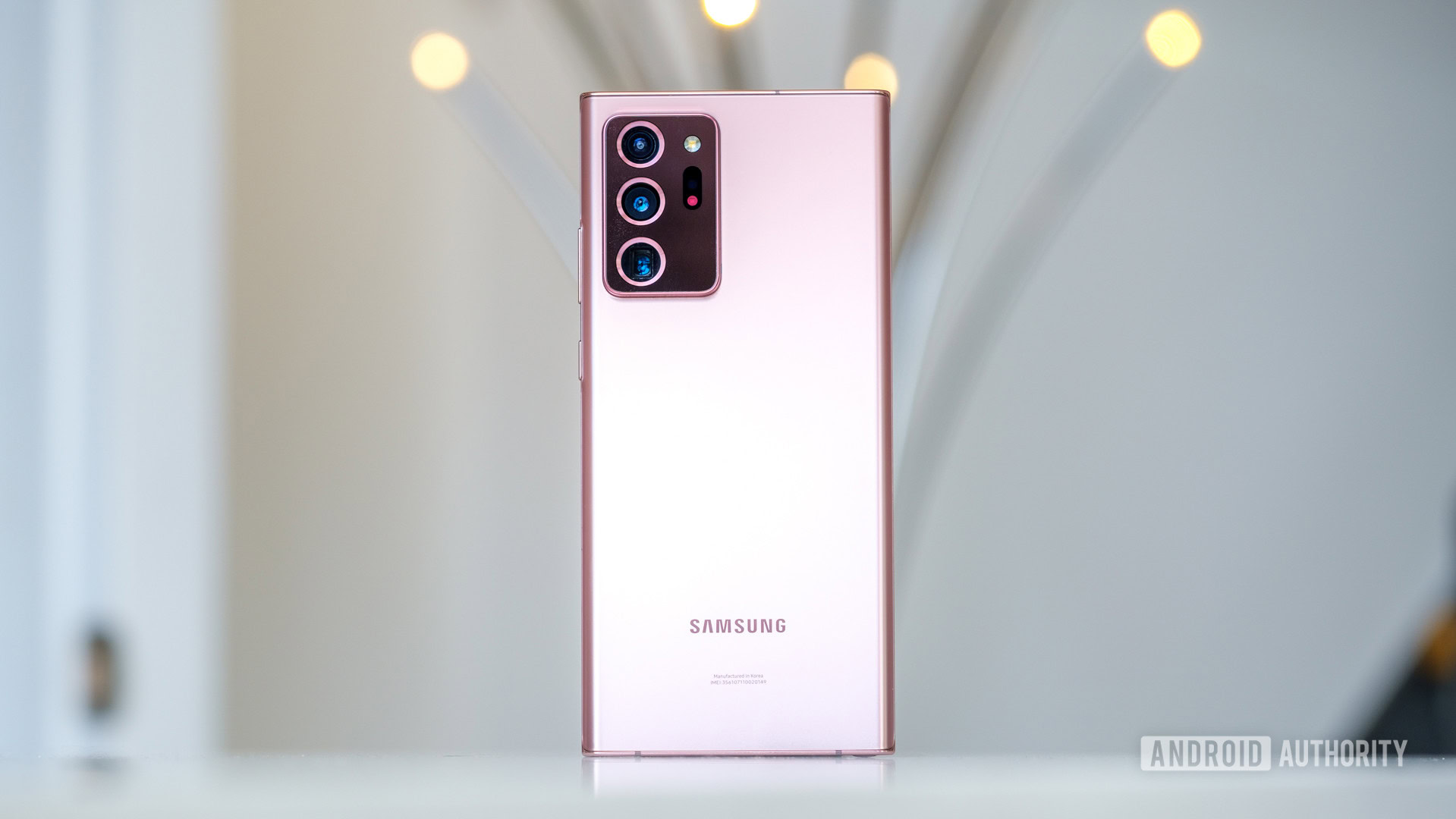
This phone is huge. Massive. Granted, there is an audience for phones this big, and I’m not really in that audience, so take my size comments with a grain of salt.
That being said, there are quite a few aspects of the design of this phone that make it objectively bad. For example, the giant camera bump creates an off-balance tilt that hurt my wrist during long usage periods. The squared-off edges seem to be more jagged than the similar ones on the Note 10 Plus, causing my palms to get fatigued. The super-curved display caused me to make typing errors constantly, and I even opened a few apps by mistake.
Going back to the camera bump, there were a few times in which I struggled to get the phone out of my pocket because the bump got caught on my pants. It’s also tricky to wirelessly charge the phone because the bump is actually thick enough to prevent contact with the internal coil on some charging mats.
Look, I will be the first to admit that the phone looks great. I love the Mystic Bronze colorway and I even enjoy the overall design aesthetic of the rear camera. But from a usability standpoint, this phone will only work for people who don’t mind using it with two hands most of the time. It also will only work for people who keep it in a case that prevents the camera bump from protruding so far out. These limitations are detrimental to the enjoyment of the phone. That’s disappointing to say considering how much you’ll pay for it.
Incidentally, the Samsung Galaxy S21 Ultra proves you can have a huge phone with a smaller bump and more subtle display curves. Samsung just missed the ball here.
Power
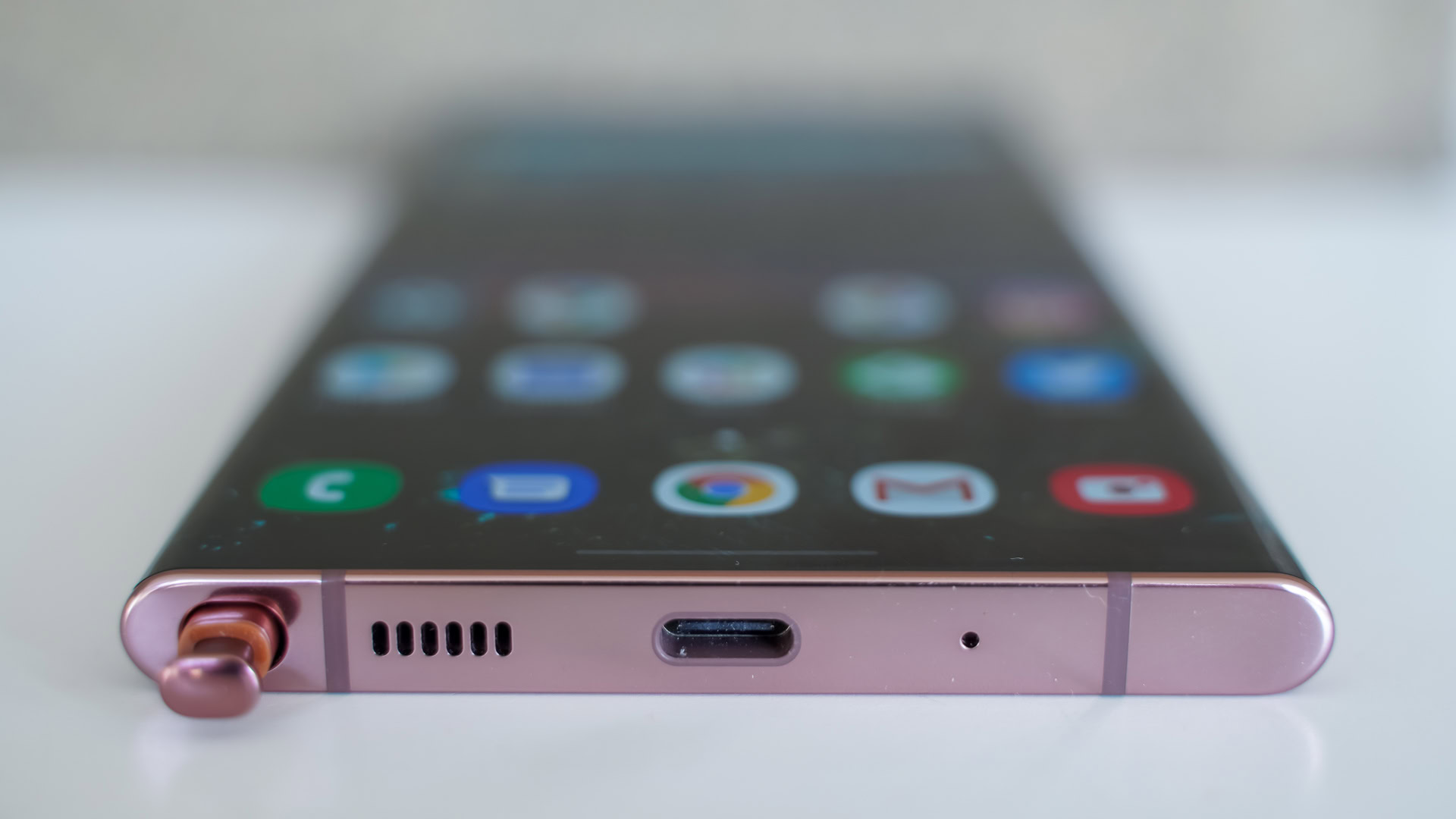
During my time with the Note 20 Ultra, I saw good battery life. At home on Wi-Fi most of the time, I got about a day-and-half of power. That’s perfectly adequate.
However, this is a Note. An “Ultra” Note. “Perfectly adequate” shouldn’t be said about any of its features. Yet, with a 4,500mAh battery and a wired charging limit rate of just 25W, that’s the best way to describe the power elements of this phone.
The week before using the Note 20 Ultra, I used the Galaxy S21 for the Android Authority review. That phone — which costs $799, or a little more than half of a Galaxy Note 20 Ultra — has a 4,000mAh battery and 25W wired charging. I got more battery life from the Galaxy S21 than I did from the Note 20 Ultra, which isn’t a great look.
Granted, the Galaxy S21 has a much smaller, lower-resolution display. It also has a more power-efficient processor. It makes sense that that phone should see great battery longevity. Still, that doesn’t negate the fact that if a long-lasting battery and fast-charging capabilities are important to you, there are much better (and cheaper) options out there than this.
Price
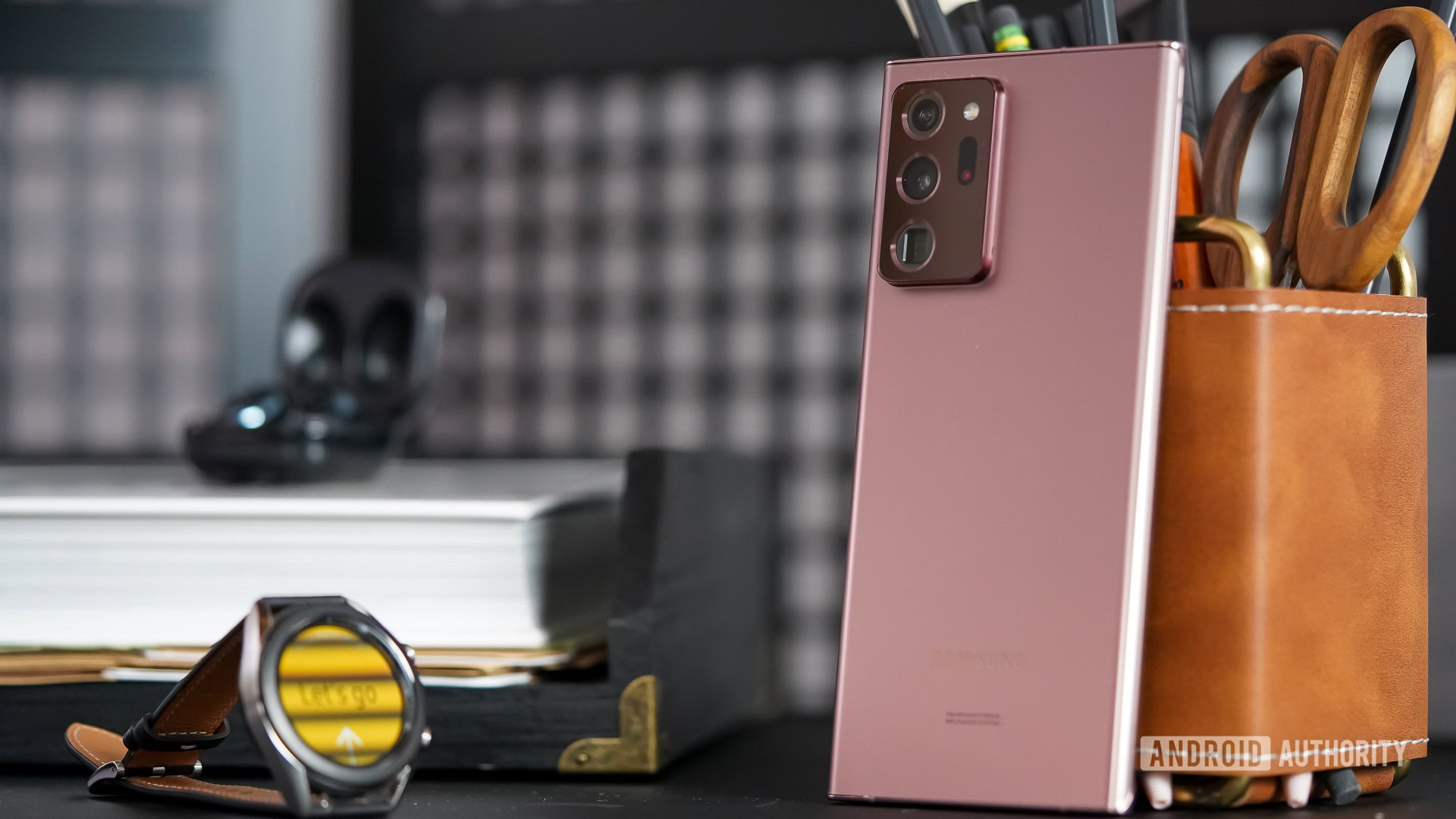
Samsung hasn’t dropped the pricing for the Note 20 series yet. As such, to get the lowest-priced variant of the Note 20 Ultra today, you’ll pay the same price you would have on launch day: $1,300. Even without a pandemic happening, that’s a lot of money.
Now, six months later, that price seems even more outlandish. The Galaxy S21 Ultra — which offers better specs, a better camera, and a subjectively better design — is $100 cheaper. It even has S Pen support, making it even more of a head-scratcher that Samsung hasn’t dropped the price of the Note 20 line yet.
Related: Galaxy S21 prices make this Samsung’s most inclusive lineup in years
Granted, it’s pretty easy to get the Note 20 Ultra for less than its list price. Samsung’s trade-in offers are very generous, and carrier activation deals can slash hundreds more from the cost. Once again, though, you could apply those same discounts to a Galaxy S21 Ultra and get more phone for less cash.
However, we can’t forget that Notes have always been expensive. Note die-hards are used to spending a ton on these devices, so price might not be that big of a factor. For the average person, though, it’s a big deal. It’s probably an even bigger deal for the average person looking for discounts on a six-month-old flagship.
Samsung Galaxy Note 20 Ultra review revisited: The verdict
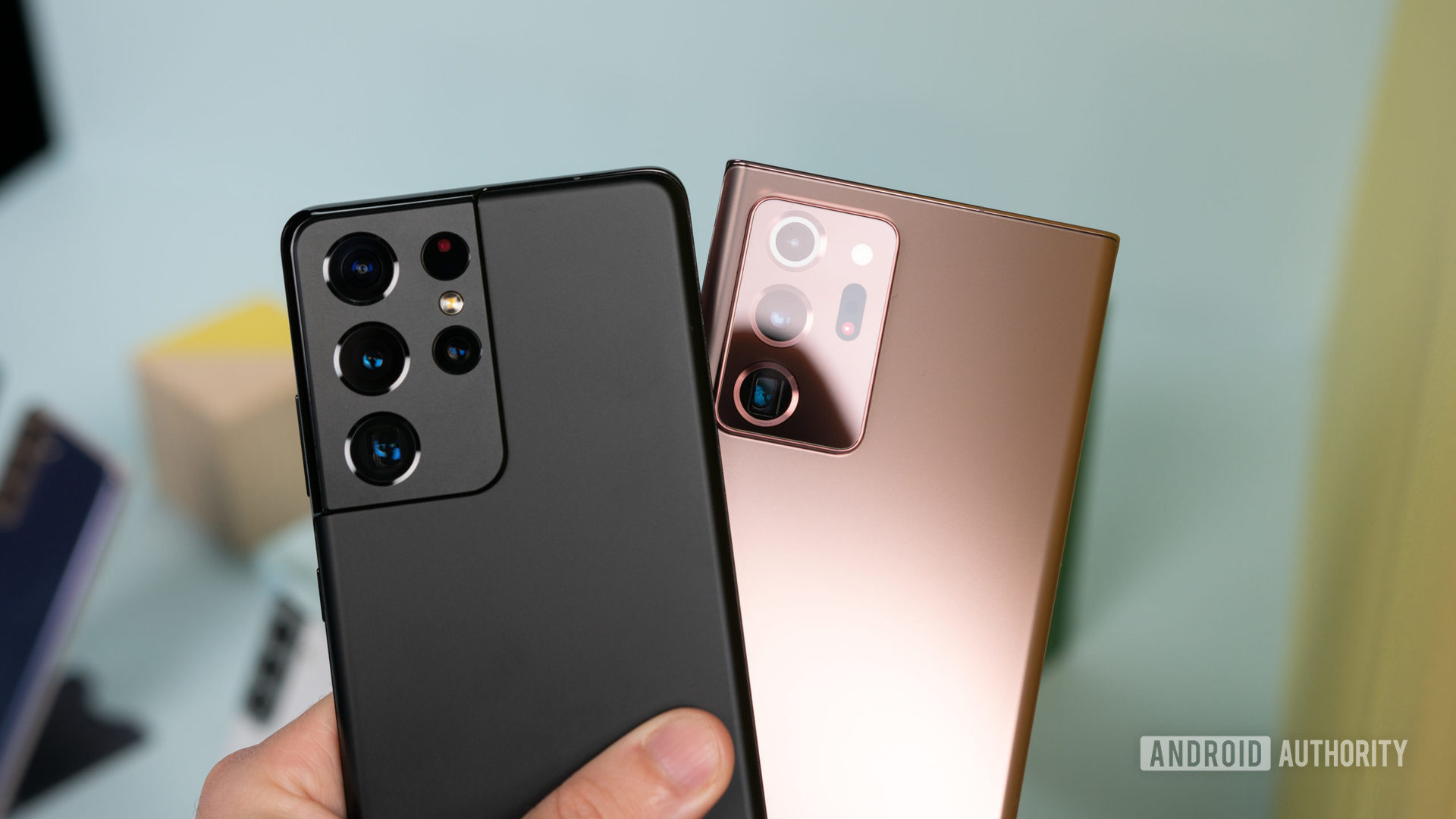
The Galaxy Note 20 Ultra is a terrific phone. It offers most of the features Note fans care about and delivers them in a huge, well-crafted package. Yes, the phone is expensive and its battery life should be way better, but these aren’t deal-breakers for people in the market for a phone like this.
What's the better buy in 2021? A Galaxy S21 Ultra or a Note 20 Ultra?
However, now that the Galaxy S21 Ultra exists, it’s hard to recommend the Note 20 Ultra. The Galaxy S21 Ultra bests the Note 20 Ultra in nearly every way: design, specs, camera features, battery life, and even price. The Note 20 Ultra can’t even claim superiority with S Pen support, because the Galaxy S21 has that option, too.
Really, the only thing the Note 20 Ultra has that the S21 Ultra doesn’t is a microSD card slot. If that’s a make-or-break feature for you, then the Note 20 Ultra is worth considering. Otherwise, you’re better off with the latest Ultra phone from Samsung.
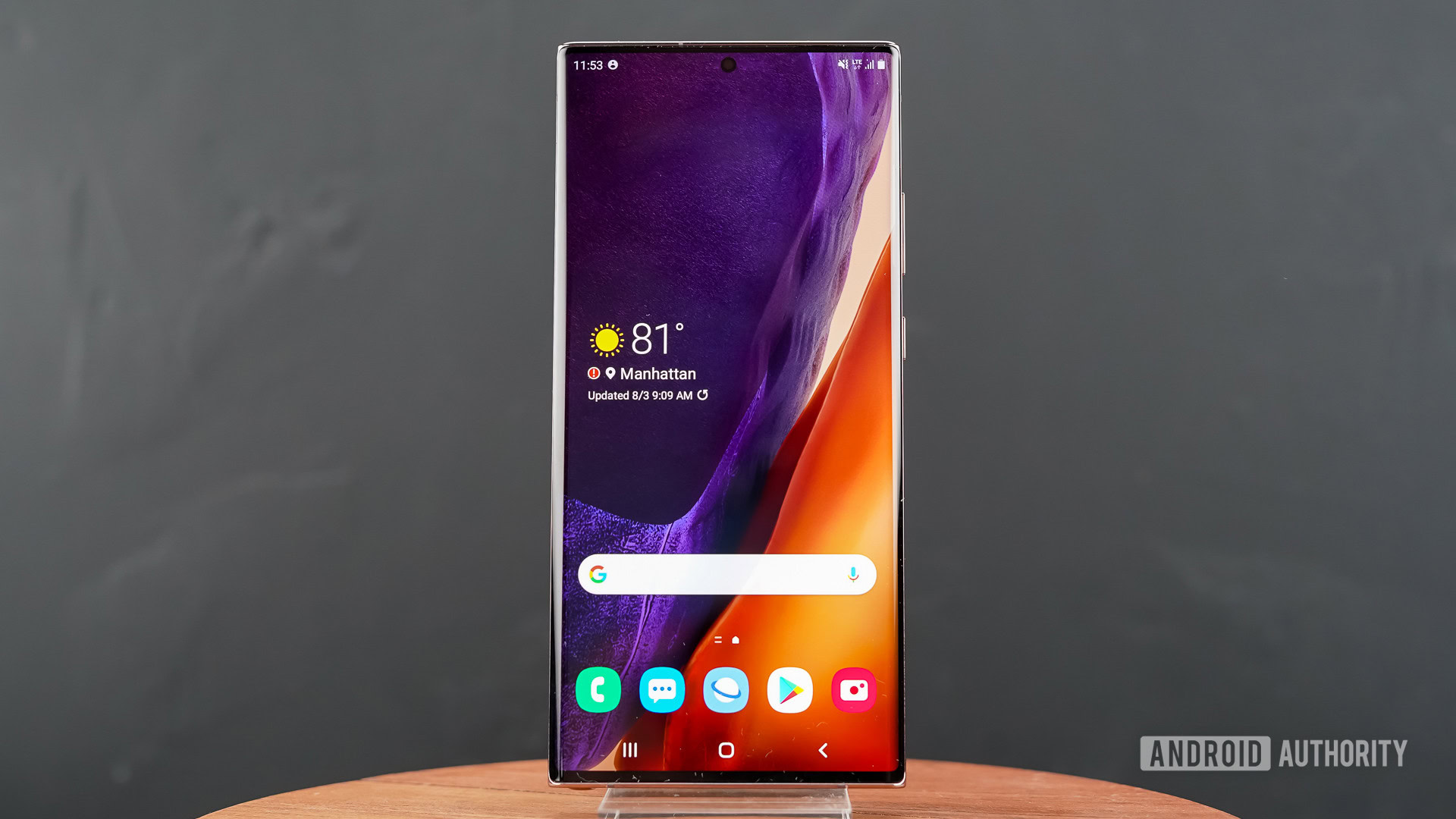
What do you think? Is the Note 20 Ultra still superior to the Galaxy S21 Ultra? Is it superior enough to pay more for it? Answer our poll above!